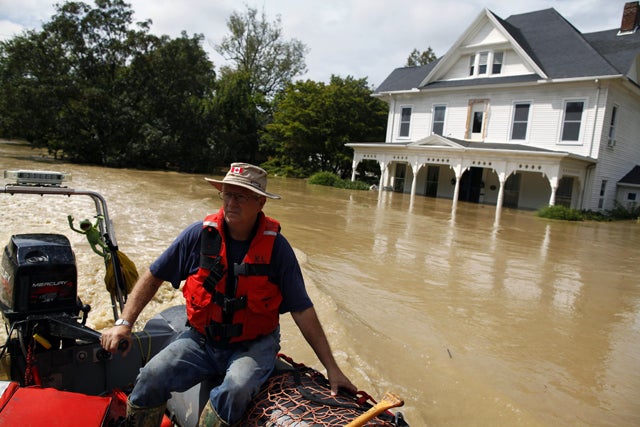Last week, a subcommittee of the House of Representatives Committee on Small Business held a hearing on the Disaster Loan Fairness Act (H.R. 3042). Sponsored by Representative Lou Barletta (R–PA), the bill does not provide the necessary reform to our nation’s disaster prevention and recovery programs.
The bill would set the interest rates for the Small Business Administration’s (SBA) disaster loans—including home disaster loans, business physical disaster loans, and economic injury disaster loans—at 1 percent for eligible applicants in declared disaster areas, compared to higher interest rates offered by SBA under current law.
One of the central issues of the hearing is the over-reliance of state and local governments on the federal government for the provision of recovery assistance. Far too frequently, the federal government has been the primary source of recovery efforts for natural disasters that are inherently localized in small geographic areas and do not rise to the level that should require action by the federal government. Indeed, federal disaster declarations that bring an infusion of federal taxpayer dollars for disaster relief have become a political tool. For example, the number of Federal Emergency Management Agency (FEMA) disaster declarations is significantly higher in election years compared to non-election years.
By providing more generous benefits, the Disaster Loan Fairness Act presents a moral hazard problem and does nothing to reduce the over-reliance of state and local governments on the federal government for the provision of recovery assistance. The federal government can no longer afford to pay for disaster relief best handled by local governments.
The witness called to testify in support of the bill, Gino Tighe of GT Fabrication in Pittston, Pennsylvania, unwittingly made the case that the state and local governments are often the best at providing recovery assistance after natural disasters occur.
Tighe’s business, located a mere 100 yards from the Susquehanna River, has been flooded five times since the business was established in 1989. That’s an average of a flooding every 4.6 years. After the fifth flooding in September 2011, Tighe applied for a SBA disaster loan.
Here is where it gets interesting: He found the SBA’s application process to be too bureaucratic and burdensome. So instead of relying on the federal government, he received the necessary assistance from a Luzerne County Flood Recovery Loan Program to get his company up and running again. Now, thanks to the city of Pittston, he is working with consultants to help his business relocate to a larger facility that will be safe from the periodic and predictable flooding of the Susquehanna River.
Tighe’s testimony is a case study of how local governments can provide recovery assistance. He actually made the case that passage of the Disaster Loan Fairness Act is an unnecessary expansion of the federal government’s already over-expanded role in localized natural disasters that are best handled by state and local governments.
Instead of considering legislation like the Disaster Loan Fairness Act, Congress should focus on reforms that make America more resilient to catastrophes and reduce recovery costs imposed on the federal taxpayer.






























